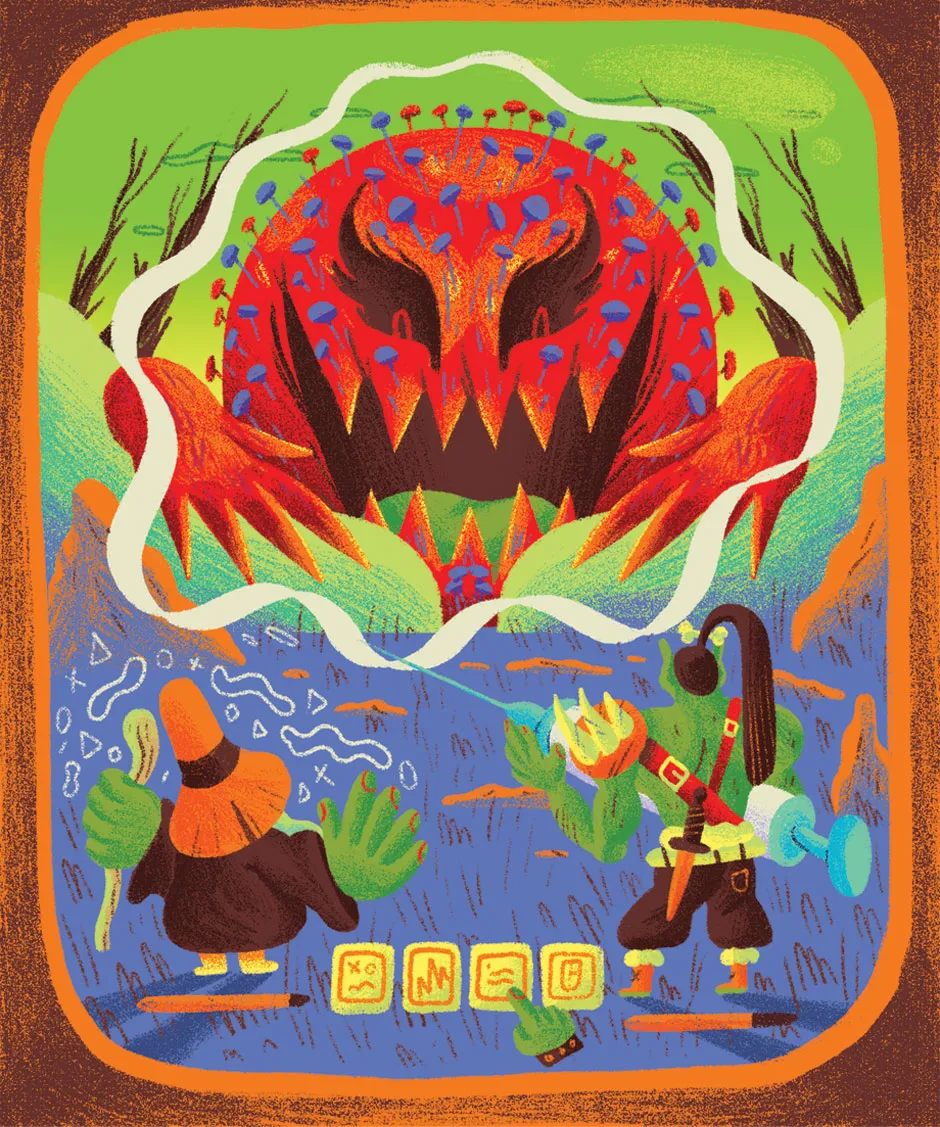It was late in the afternoon when Eric and his buddies set out on an adventure to a new part of town. It was sunny and the birds were singing, as they always did. And it was here, in this tranquil little corner of the adventurers’ brave new world that they caught the bug that would take down a civilisation.
Eric first realised something was up when his buddy Zelden started spewing blood from his eyes. “Holy crap!” he thought to himself, before tapping out a healing spell on his keyboard, and throwing it across the screen. It landed on target and the bleeding subsided, but Zelden had taken damage. And so had the gang.
Anyone within Zelden’s bleeding distance was touched by Corrupted Blood, the pandemic that destroyed all life in the towns of the online game World Of Warcraft. The disease was meant to only last for a short time and be restricted to a certain region of the game.
Read more about the spread of virus:
- Coronavirus: can herd immunity protect us from COVID-19?
- Why don’t viruses like the flu die off when no one is ill?
But due to an oversight, the programmers didn’t realise that non-player characters and pets were capable of spreading the infection. It become a pandemic, affecting a number of the World Of Warcraft servers.
It was 2005, and virtual worlds researchers like me were transfixed by what human behaviour we might observe in these digital social Petri dishes. There had been conferences about player-created governments and justice systems, economics and social contagions.
But until Corrupted Blood was accidentally let loose, we hadn’t witnessed something like this unfold in the wild. And epidemiologist Eric Lofgren got caught right in the middle of it.

The result of his serendipitous fieldwork was several papers published in highly respected infectious disease and epidemiology journals. He and his colleagues described the things that people did which they had been unable to predict.
There were the healers who chose to put their (virtual) lives at risk on the frontline of the (virtually) deadly pandemic; the rumour mills that shut down the economic and transport systems; the people who broke quarantine; characters who hid in the wilderness.
“Travel bans don’t work,” Eric told me recently. People have to go to work. They want to see family. They don’t believe health officials. And some people like to be agents of chaos, spreading the disease “for the lolz” – or for ransom.
Read more from Aleks Krotoski:
- World Of Warcraft and similar online games can offer a lifeline to disabled people
- Just be curious: why citizen science is the future
This isn’t just information he’s picked up from observing a virtual pandemic; these are things learnt from the evolution of real-world pandemics. And yet, the virtual world provided an interesting place to watch human behaviour that reflects what may happen with something like COVID-19. However, he is the first to point out the differences – mostly it comes down to “it’s a game”.
Yet that’s not what digital designers believe. There’s a lot of thinking in Silicon Valley about how our online and offline Venn diagrams overlap.
Technology, they believe, can be a window into our subconscious. But we cannot create facsimiles of the complexity of natural human social systems. Corrupted Blood was an unpredictable incident due to human error. What might bring down civilisation isn’t a bug in the system; it’s the belief we can fix the system and the humans within it.
